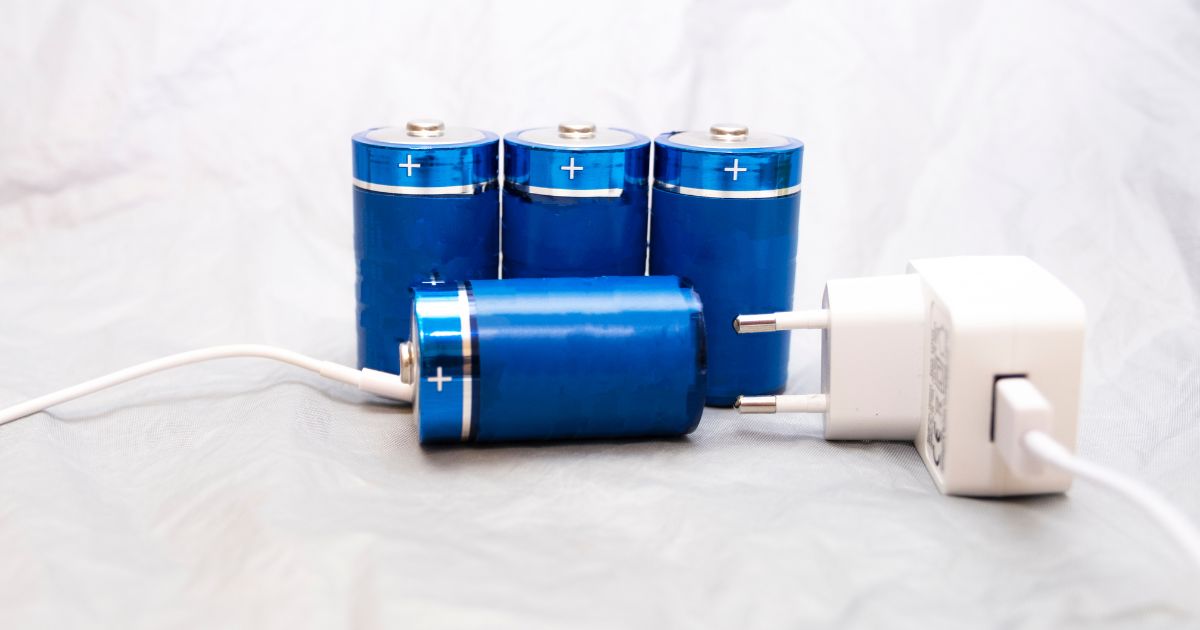- Who We Are
- What We Do
- Success Stories
- Careers
- News & Events
- Contact us

The rise of renewable energy has created a need for new storage solutions to help balance the grid. Distributed energy storage systems (DES) offer a unique solution to this challenge. The technical aspects of distributed energy storage systems are important to understand when considering whether or not to invest in such a system for your facility. Here, we will briefly touch on a few key aspects of DES to help you make an informed decision.
What are Distributed Energy Storage Systems?
As the cost of renewable energy continues to fall, an increasing number of businesses and organizations are turning to distributed energy storage systems to help them meet their energy needs.
Distributed energy storage systems are an important part of the electric grid, providing many benefits to utilities and consumers. DES systems are a crucial resource for integrating high levels of renewable energy into the grid, managing electric demand, and providing other services to the grid.
Utilities use DES systems to meet peak electric demand, provide backup power, and improve the electric grid’s efficiency. Consumers can use this system to reduce their electric bills, back up their homes and businesses, and participate in demand response programs.
DES systems come in a variety of technologies, including batteries, flywheels, compressed air, and thermal storage.
The use of distributed energy storage systems is a key strategy for managing the variability of renewable energy resources and integrating them into the grid. DESs can also provide ancillary services, such as frequency regulation and voltage support, which are critical for maintaining grid reliability.
The Benefits of Distributed Energy Storage Systems
The world is changing. The way we use energy is changing. And the way we store energy is changing too. The traditional grid is becoming less reliable and more expensive as we rely more and more on renewable energy sources. That’s why an increasing number of businesses and organizations are turning to distributed energy storage systems (DESS) to power their facilities.
Distributed energy storage systems are becoming increasingly popular because they offer a number of advantages over traditional grid-connected systems:
● Reduced Energy Costs: DES can help you reduce your energy costs by storing energy during times of low demand and using it during times of high demand.
● Increased Energy Efficiency: If you want to improve energy efficiency in your facility, then a DES would be a great investment. You’ll have the capability to store energy that would otherwise be wasted and be able to use it when it is needed.
● Reduced Greenhouse Gas Emissions: DES can help you reduce greenhouse gas emissions by storing energy that would otherwise be emitted into the atmosphere.
● Improved Grid Stability: Grid stability is essential, especially for businesses that have 24/7 operations. A DES can help stabilize the grid by providing energy during times of high demand, helping to avoid blackouts and brownouts.
● Increased Renewable Energy Integration: DES can store renewable energy, such as solar and wind power, and release it when needed, helping to increase the integration of renewable energy into the grid.
Conclusion
Investing in distributed energy storage systems can provide many benefits to your facility. However, it is important to work with a reputable and experienced provider in order to ensure that your system is designed and installed properly.
Written by Daniele Paoletti
